China is performing better in the artificial intelligence arms race than many Americans understand, according to the U.S.-China Economic and Security Review Commission’s Michael Kuiken.
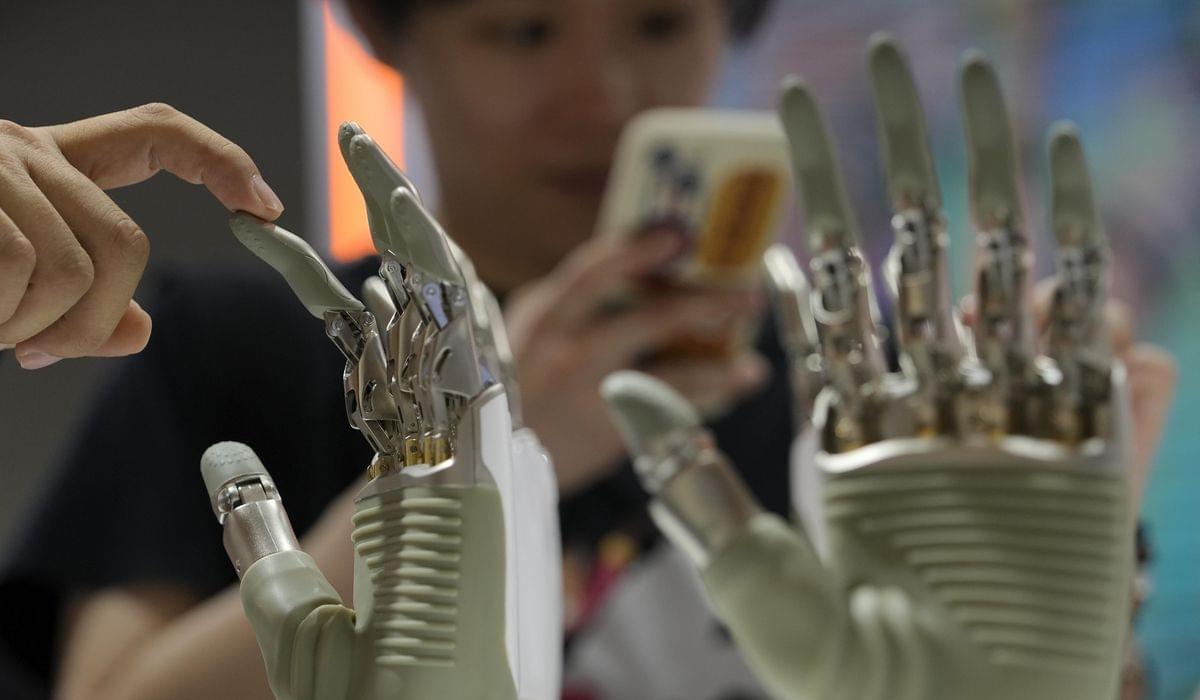

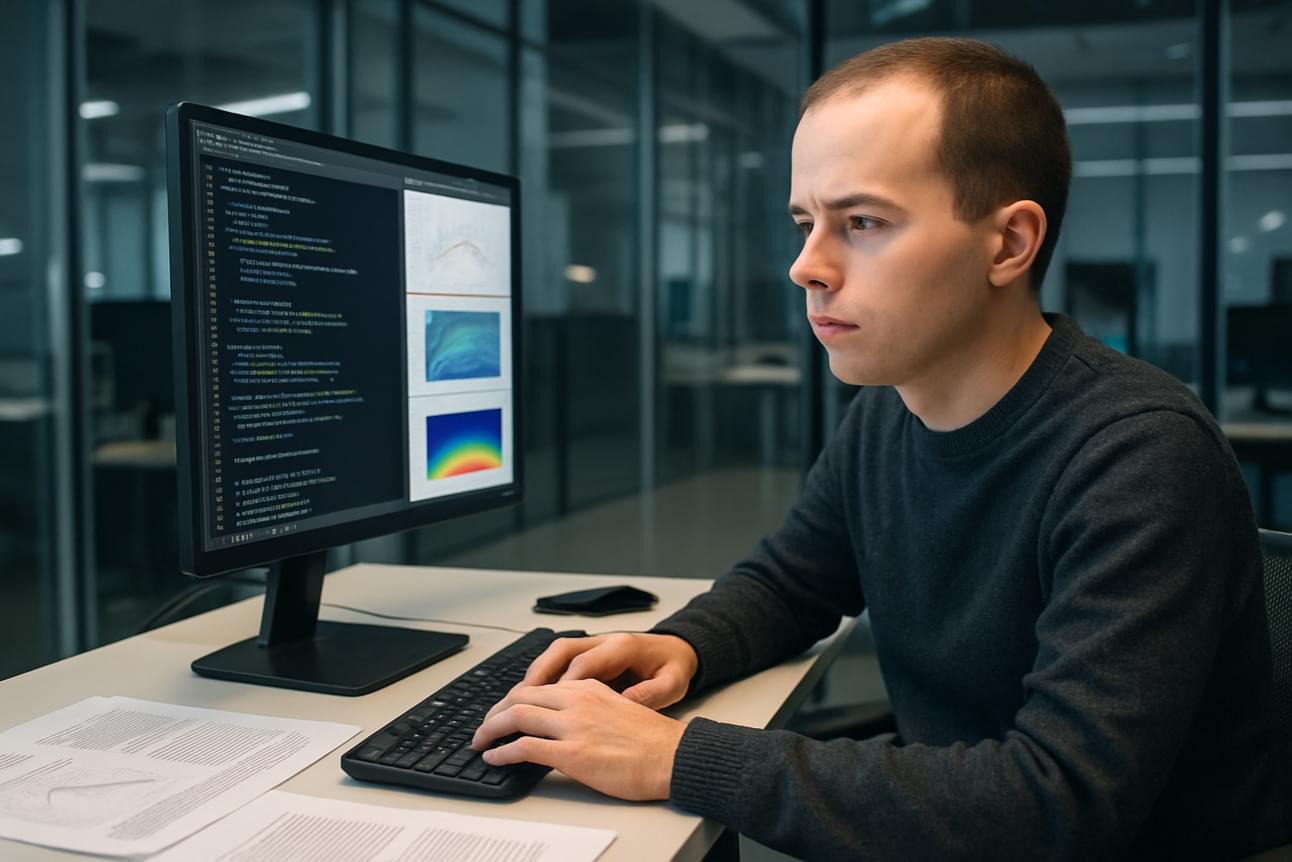
Jakub Pachocki, OpenAI’s chief scientist since 2024, believes artificial intelligence models will soon be capable of producing original research and making measurable economic impacts. In a conversation with Nature, Pachocki outlined how he sees the field evolving — and how OpenAI plans to balance innovation with safety concerns.
Pachocki, who joined OpenAI in 2017 after a career in theoretical computer science and competitive programming, now leads the firm’s development of its most advanced AI systems. These systems are designed to tackle complex tasks across science, mathematics, and engineering, moving far beyond the chatbot functions that made ChatGPT a household name in 2022.

Using global land use and carbon storage data from the past 175 years, researchers at The University of Texas at Austin and Cognizant AI Labs have trained an artificial intelligence system to develop optimal environmental policy solutions that can advance global sustainability initiatives of the United Nations.
The AI tool effectively balances various complex trade-offs to recommend ways of maximizing carbon storage, minimizing economic disruptions and helping improve the environment and people’s everyday lives, according to a paper published today in the journal Environmental Data Science.
The project is among the first applications of the UN-backed Project Resilience, a team of scientists and experts working to tackle global decision-augmentation problems—including ambitious sustainable development goals this decade—through part of a broader effort called AI for Good.
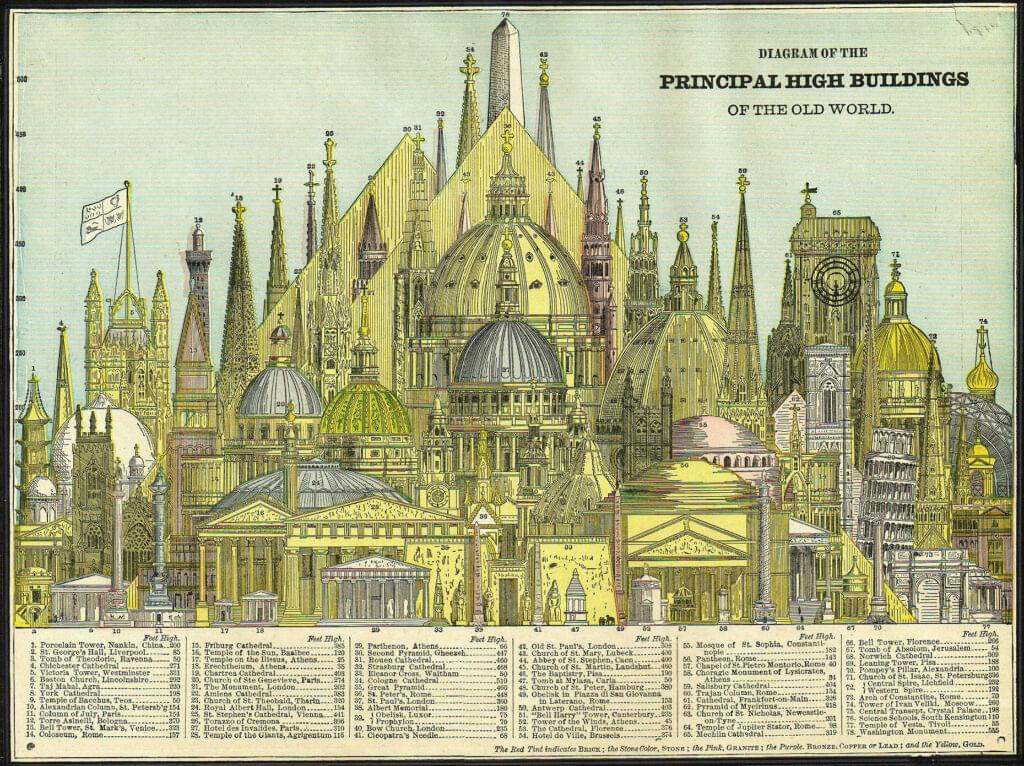
🤖🦾💰Tour de force by David Shapiro on the Economic Singularity.
All my links: https://linktr.ee/daveshap
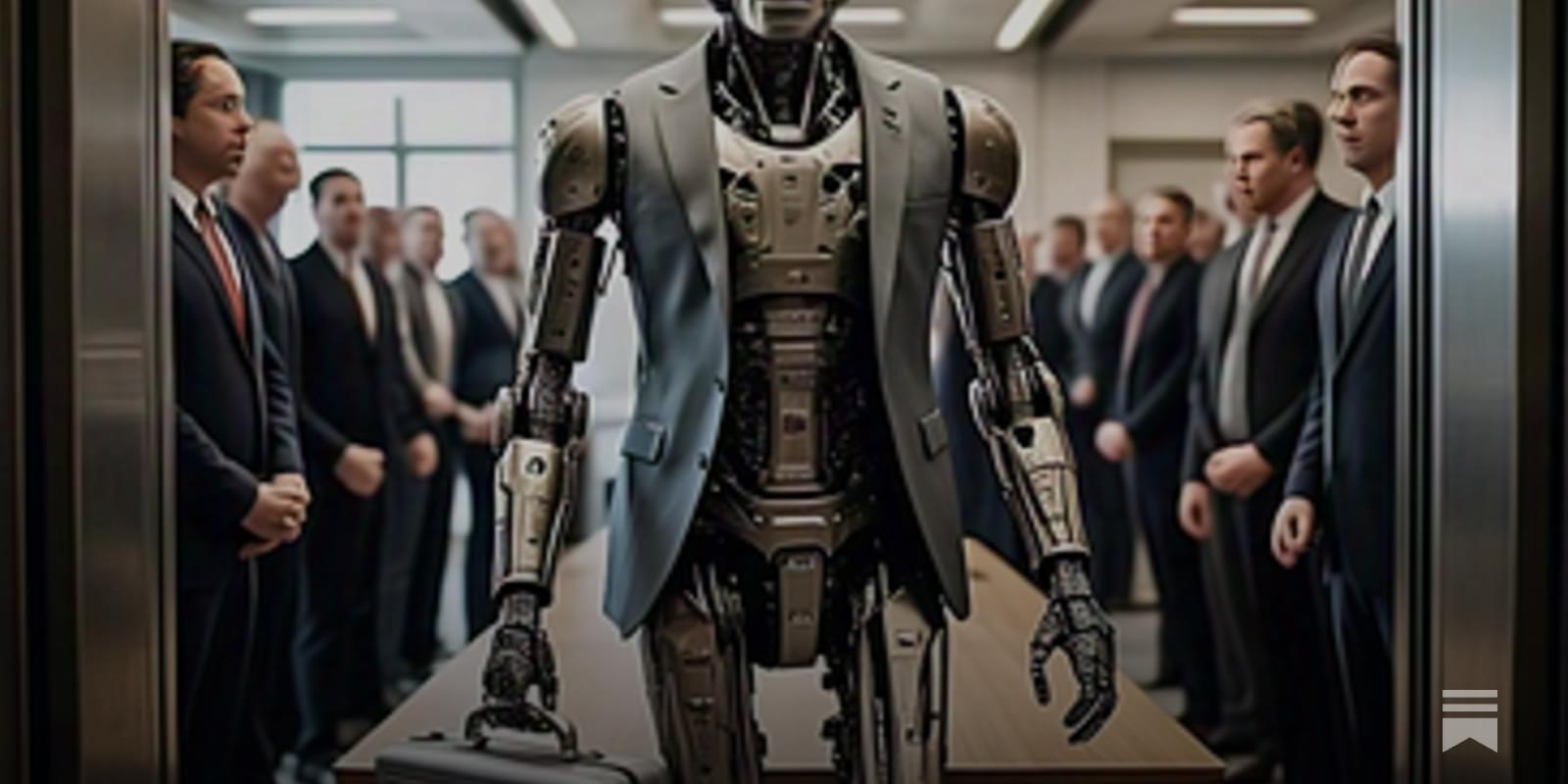
Brighter with Herbert

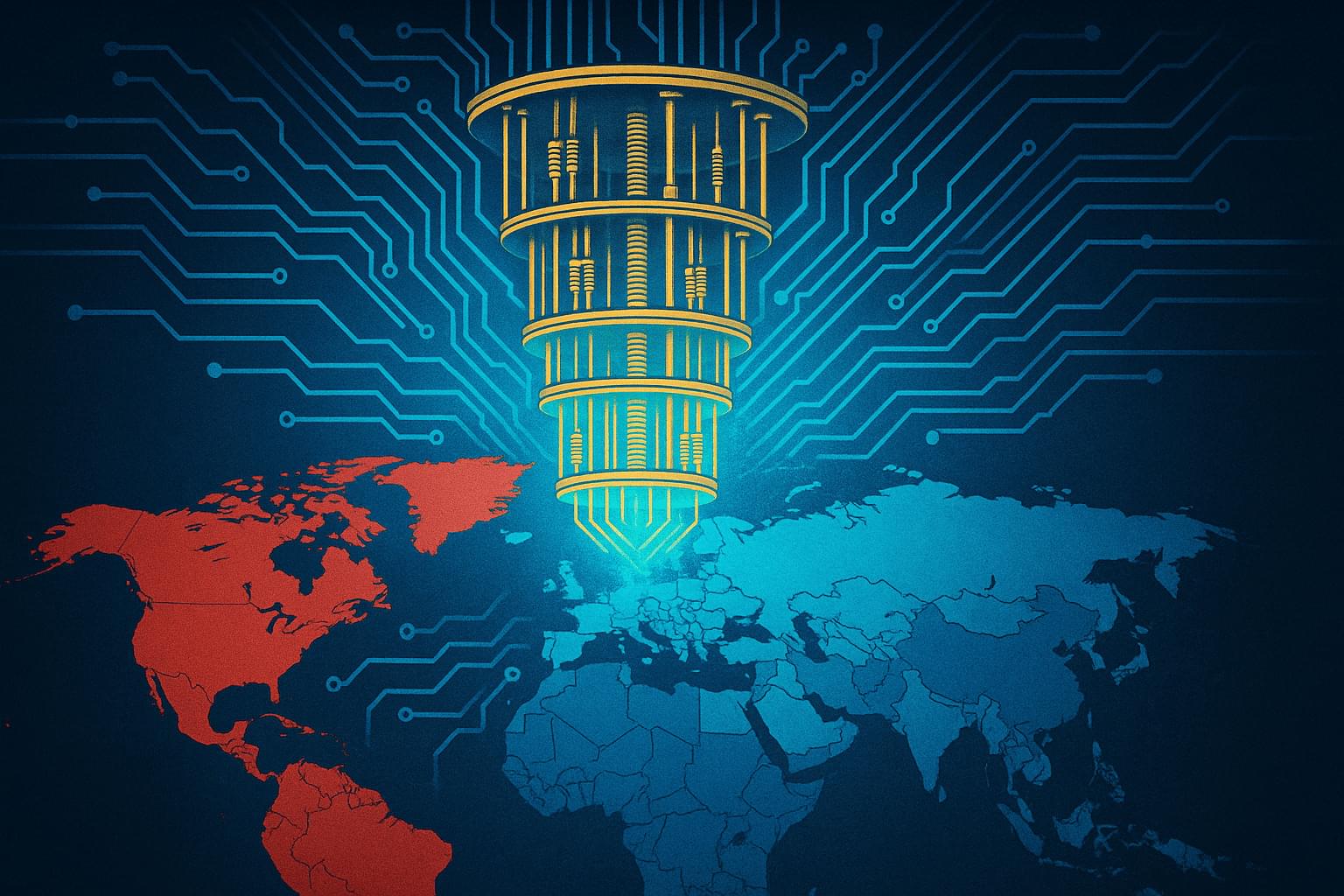
Countries in the Global South risk being left out of the quantum revolution — along with its economic, technological and security benefits — due to growing export controls, siloed research initiatives and national security concerns, a new policy analysis argues.
In the first of a series of articles on quantum technologies published by the policy journal Just Securit y, researchers Michael Karanicolas, of Dalhousie University, and Alessia Zornetta, of UCLA Law, examine how the geopolitics of emerging quantum technologies are replicating long-standing patterns of technological exclusion. The authors argue that absent meaningful interventions, quantum could become another engine of global inequality, one that threatens to lock poorer nations out of the next era of technological and economic development.
The authors trace the roots of this divide to export control regimes that are quickly expanding in response to the strategic potential of quantum systems. Since 2020, governments in the U.S., EU and China have implemented targeted restrictions on quantum-enabling hardware, software, and communications systems.
In this week’s episode we interview author, AI theorist and researcher David Shapiro is part philosopher, part theorist with a fair bit of practical wisdom thrown in. With a hit YouTube channel Shapiro travels the globe as a speaker and advisor musing on the longer-term impacts of AI, technology and human adaptability. In this deep conversation with host Brett King, we delve into the ways in which advanced AI might completely transform our way of life, including economics, politics and what it means to be human itself. This is not one you’ll want to miss.
Follow David Shapiro: @DaveShap
ABOUT SHOW
Subscribe and listen to TheFuturists.com Podcast where hosts Brett King and Robert TerceK interview the worlds foremost super-forecasters, thought leaders, technologists, entrepreneurs and futurists building the world of tomorrow. Together we will explore how our world will radically change as AI, bioscience, energy, food and agriculture, computing, the metaverse, the space industry, crypto, resource management, supply chain and climate will reshape our world over the next 100 years. Join us on The Futurists and we will see you in the future!
HOSTS
https://thefuturists.com/info/hosts-b… / brettking & http://brettking.com/
/ superplex &https://roberttercek.com/ SUBSCRIBE & LISTEN https://thefuturists.com/info/listen–… https://open.spotify.com/show/0nvdnEs… https://podcasts.apple.com/us/podcast… https://blubrry.com/thefuturists/ FOLLOW & ENGAGE
/ futuristpodcast
/ futuristpodcast
/ thefuturistspodcast
/ @thefuturistspodcast GET EVEN MORE https://thefuturists.com/exclusive/
/ brettking & http://brettking.com/
/ superplex & https://roberttercek.com/
SUBSCRIBE & LISTEN
https://thefuturists.com/info/listen–…
https://open.spotify.com/show/0nvdnEs…
https://podcasts.apple.com/us/podcast…
https://blubrry.com/thefuturists/
FOLLOW & ENGAGE